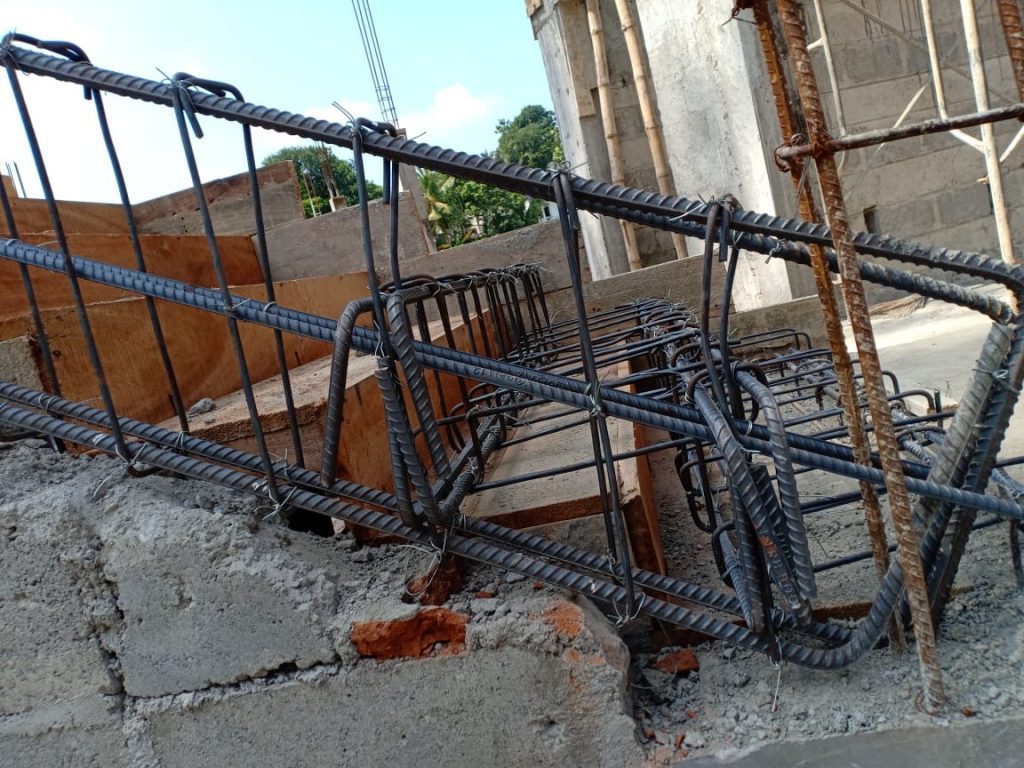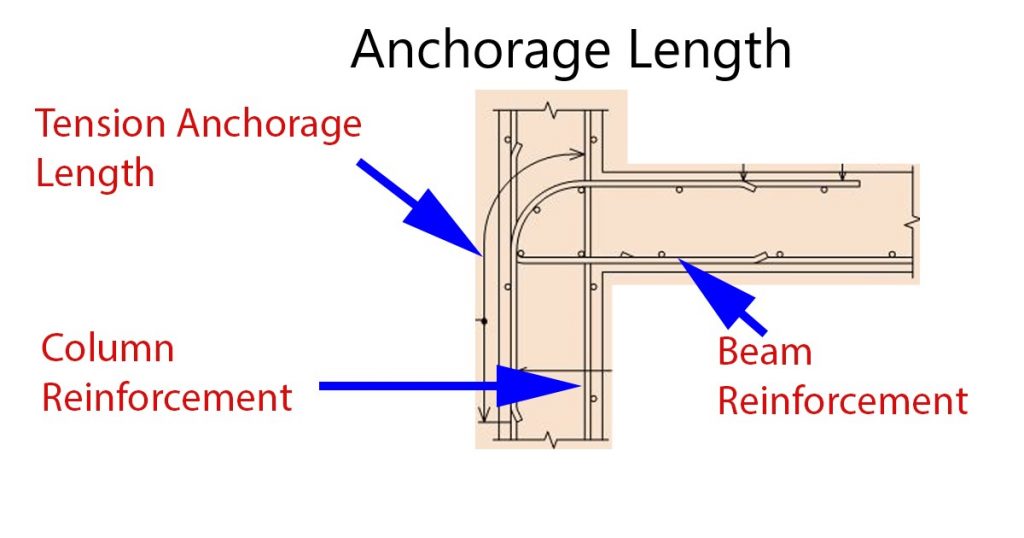Expansion joints in concrete should be provided in structures to accommodate expansions due to the thermal effects. Concrete expands when it absorbs the heat and shrinks when the heat is a loss.
There are different guidelines to design the width of the expansion joint depending on the type of structure.
The method of designing an expansion joint elaborate here is based on the guideline “Expansion Joints in Buildings, Technical Report No 65” by Standing Committee on Structural Engineering of the Federal Construction Council.
They have given a chart that can be used to find the length of the structure which can have without an expansion joint depending on the type of the structural form.
However, they also have given equations to calculate the length of the building depending on temperature changes as well.
The following figure can be referred to find the maximum allowable building length without the use of expansion joints for various design temperature changes.
It should be noted that values obtained form the chart shall be modified according to the conditions mention bellow the chart. Further, it is not limited to the expansion joints in concrete.
According to the guideline, the above chart is directly applicable to buildings of beam and column construction, hinge at base, and with heated interiors.
When the conditions differ from this, the following modification shall be done to values obtained from the chart.
- If the building will be heated only and will have hinge column bases, use the allowable length as specified in the chart.
- If the building will be air-conditioned as well as heated, increase the allowable length by 15 percent (Provided environmental control system will run continuously).
- If the building will be unheated, decrease the allowable length by 33 percent.
- If the building will have fixed column bases, decrease the allowable length by 15 percent.
- If the building will have substantially greater stiffness against lateral displacement at one end of the plan dimension, decrease the allowable length by 25 percent.
When one or more conditions apply, take the algebraic sum.
In addition, we can calculate the width of the expansion joint considers the factors given in the guideline.


